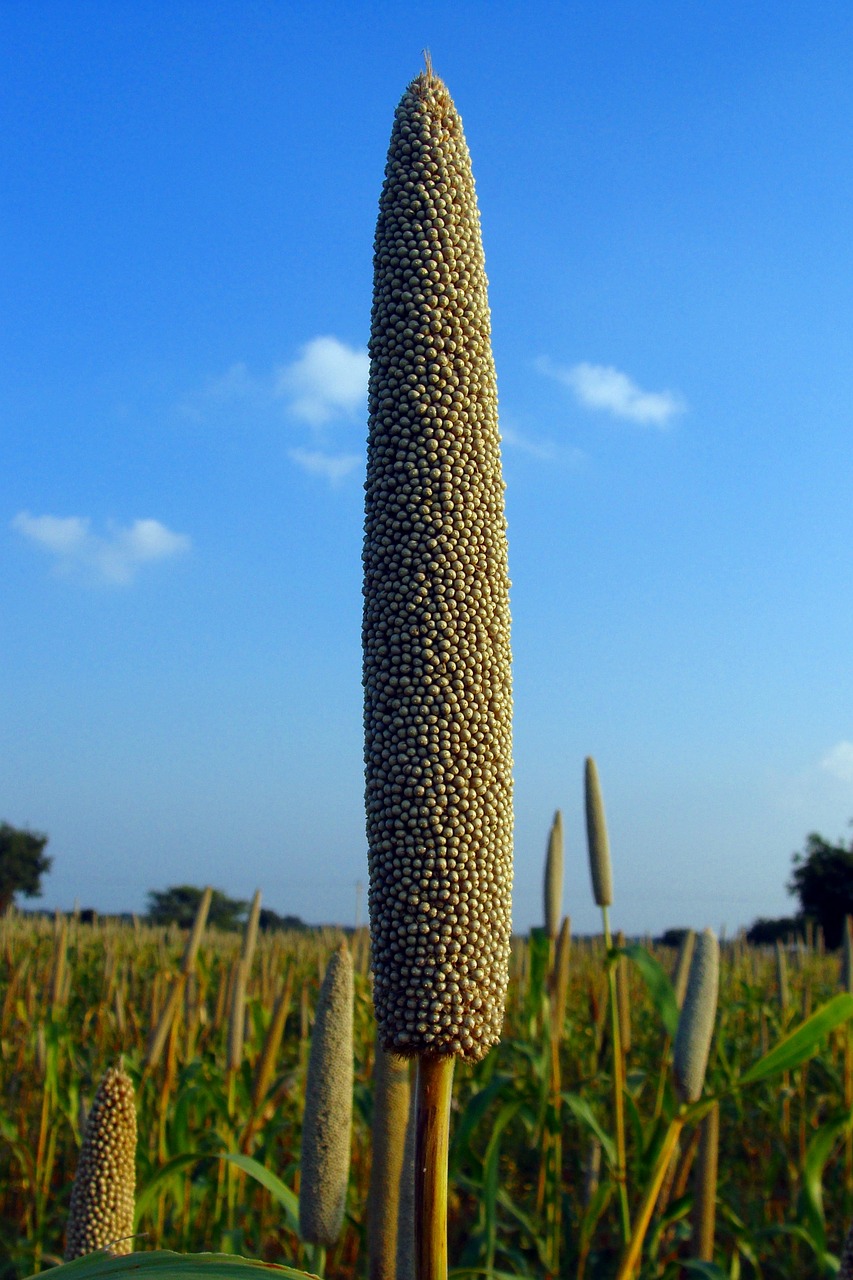Different types of millet are gaining popularity these days. There are several different types of millet, each with its own unique characteristics, nutritional profile and culinary uses. Different types of millet are:
- Pearl Millet (Pennisetum glaucum): Also known as Bajra, Pearl millet is the most widely grown type of millet worldwide. It is a rich source of protein, fiber and minerals like iron and calcium.
- Finger Millet (Eleusine coracana): Also known as Ragi, Finger millet is a popular millet variety in India and Africa. It is high in protein, calcium, and iron, and is often used to make porridge, flatbread and baked goods. It is a rich source of calcium, protein, and fiber, making it an excellent food for growing children.
- Foxtail Millet (Setaria italica): Also known as Korralu/ Kangni, Foxtail millet is a popular millet variety in India and China. It is rich in fiber, protein, and essential amino acids, and is often used in porridge, upma, dosa and desserts.
- Proso Millet (Panicum miliaceum): Also known as white millet or common millet, Proso millet is a small, round grain that is commonly used as birdseed. Proso millet is a drought-tolerant crop that is grown in many parts of the world, including the United States, China, and Russia. It is a good source of protein, fiber, and B vitamins.
- Little Millet (Panicum sumatrense ) : Also known as Samai, Little millet is a small, round grain that is commonly used in South Indian cuisine. It is high in protein, fiber, and iron, and is often used to make porridges, upma and snacks.
- Kodo Millet (Paspalum scrobiculatum): Also known as Varagu, Kodo millet is a type of millet that is commonly grown in India. It is a good source of protein, fiber, and minerals like calcium and iron, and is often used to make porridges, upma, and pulao.
- Barnyard Millet (Echinochloa crus-galli): Also known as Udalu, Barnyard millet is a small, white grain that is commonly used in India and China. It is high in fiber, protein, and minerals like calcium and iron, and is often used to make porridges, upma, and pulao.
